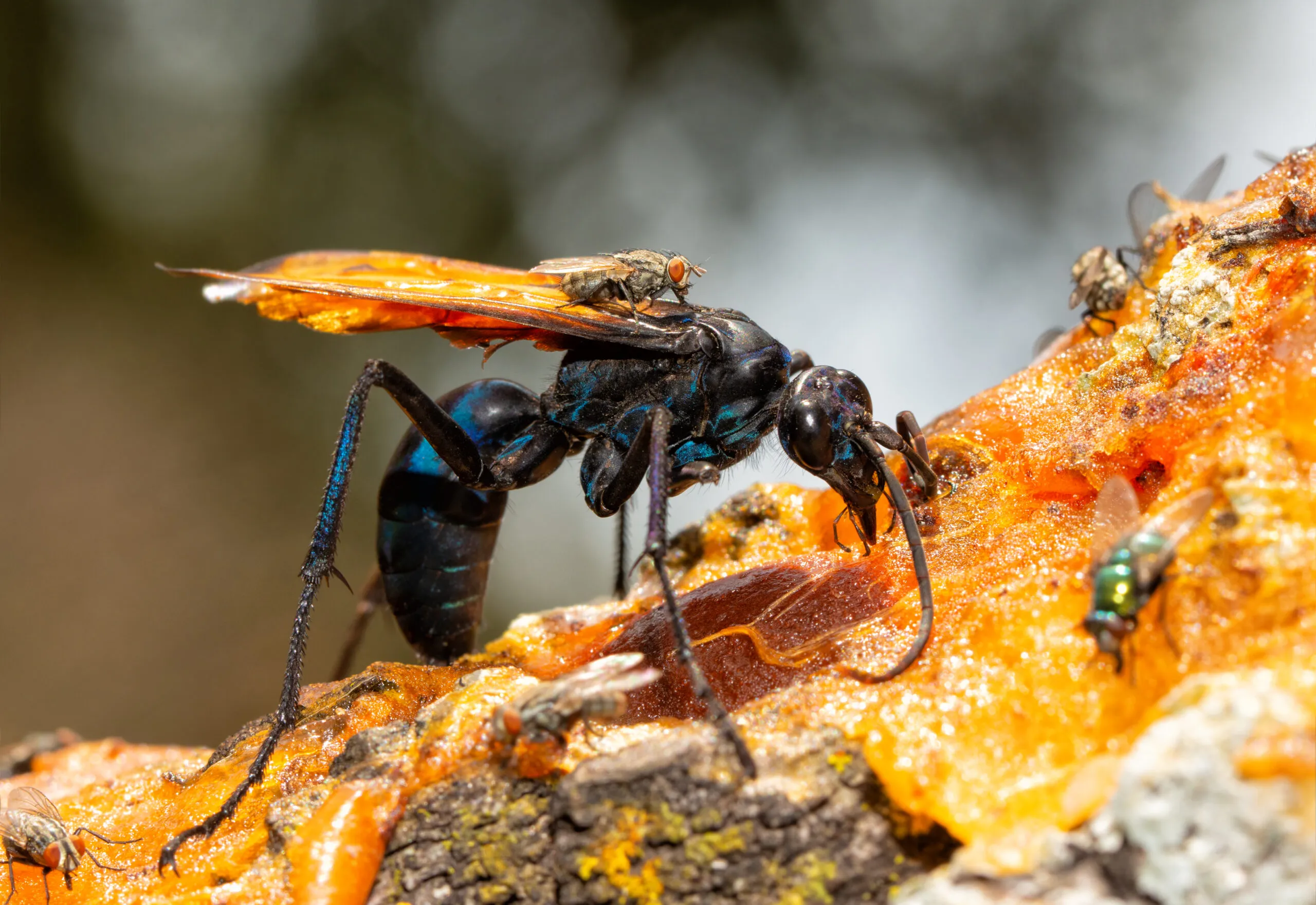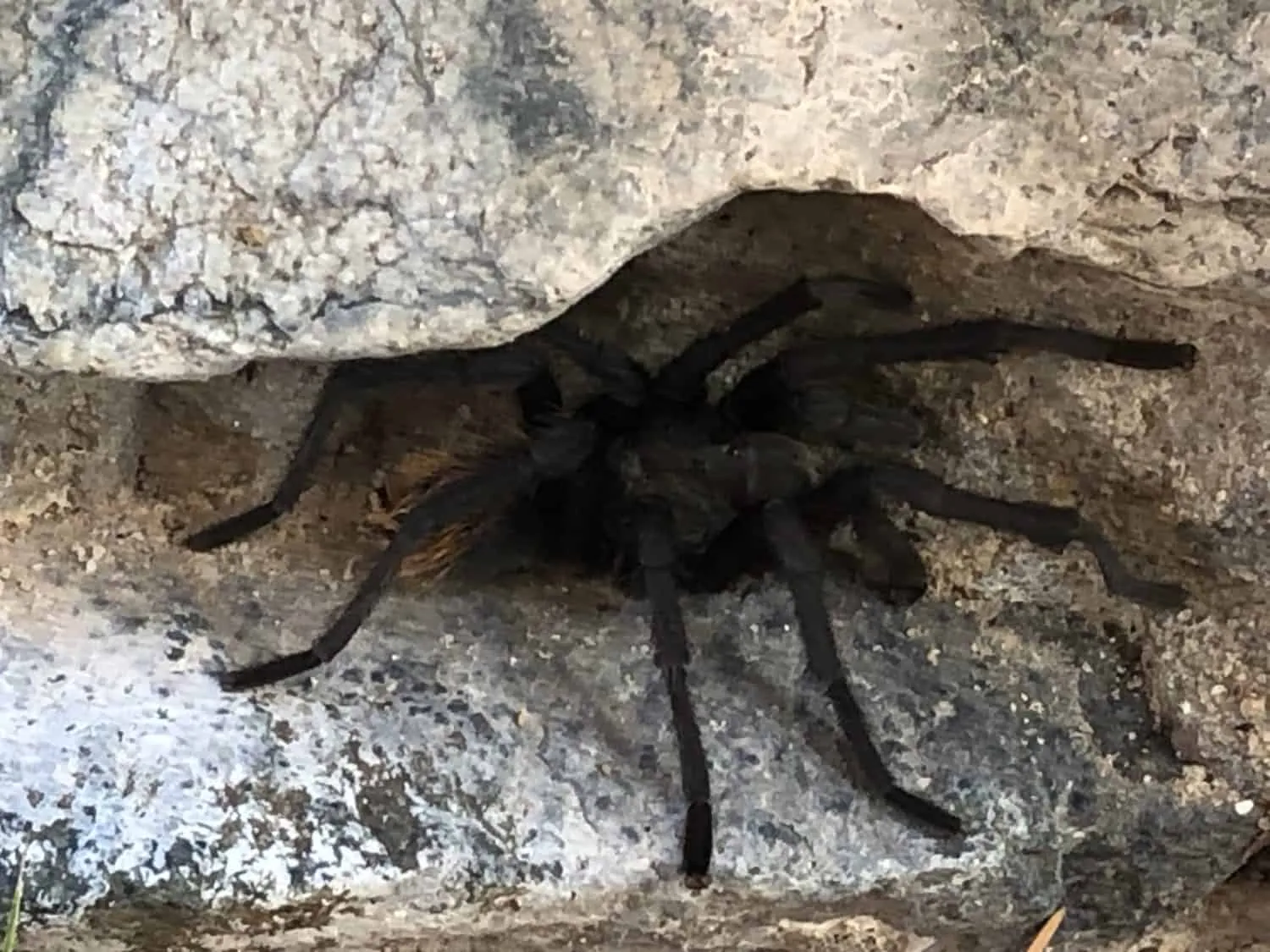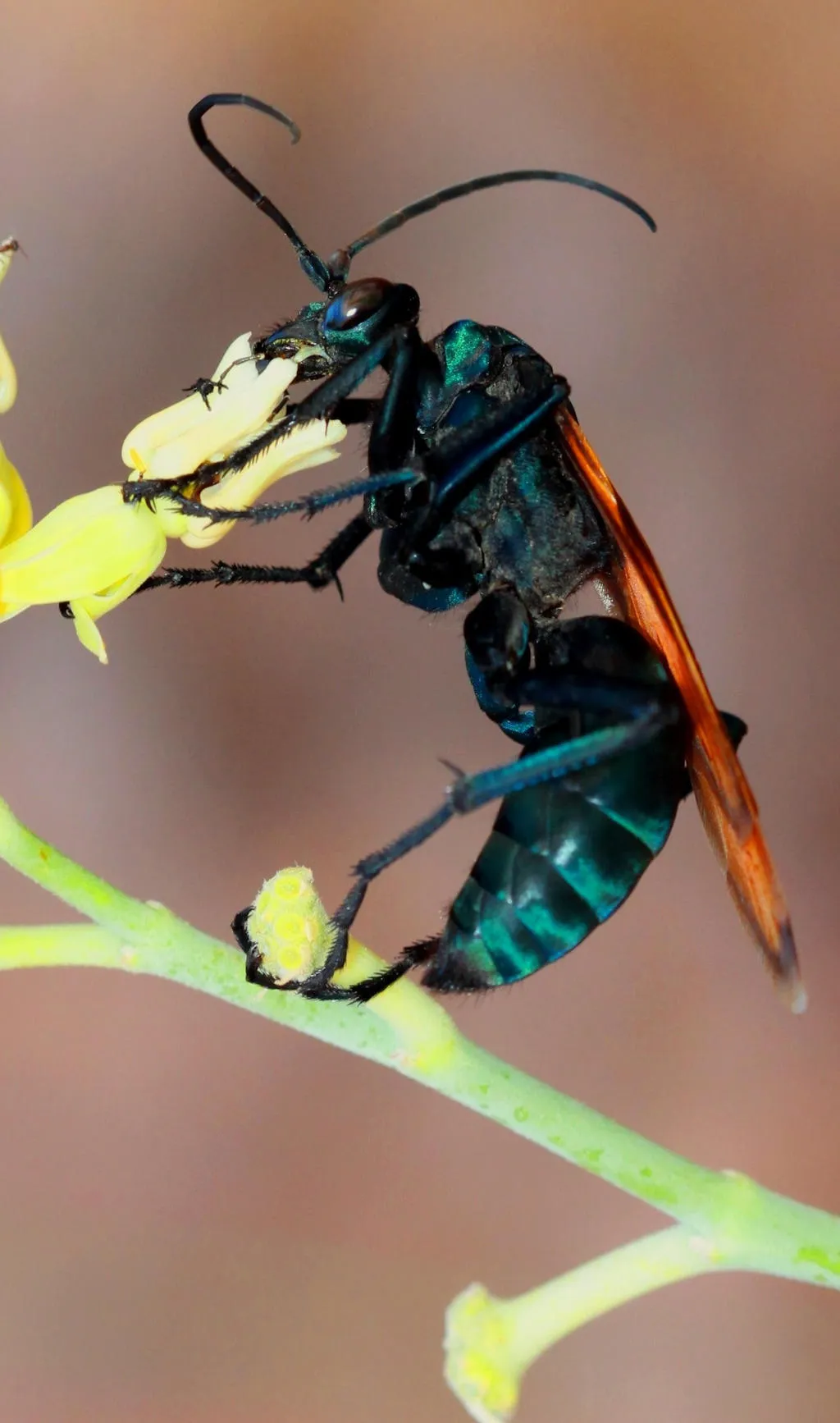Tarantula Hawk Wasp Overview
The tarantula hawk wasp, a member of the Pompilidae family, is one of the largest wasps on Earth, renowned for its impressive size and, infamously, its extremely painful sting. This fascinating insect isn’t just a fearsome predator it’s also an essential part of its ecosystem, playing a crucial role in regulating tarantula populations. Found in various regions across the globe, particularly in the southwestern United States and parts of South America, the tarantula hawk wasp showcases remarkable adaptations and behaviors. Its unique life cycle and hunting strategies make it a subject of both scientific curiosity and widespread fascination. Despite its intimidating reputation, the tarantula hawk wasp is a testament to nature’s diversity, offering a glimpse into the complex interactions within the insect world. Understanding this creature provides valuable insights into ecological balance and the intricate web of life that sustains our planet. The following facts will help you to understand more about this unique insect.
Appearance and Identification
Identifying a tarantula hawk wasp is relatively straightforward due to its distinctive appearance. These wasps typically have a striking, iridescent blue-black body and wings that range from a smoky black to a rusty orange. The contrast between the dark body and the brightly colored wings makes them easily recognizable. In terms of size, they are quite large, with females often measuring up to two inches in length. This significant size, combined with their vibrant coloration, helps distinguish them from other wasp species. Furthermore, the tarantula hawk wasp possesses powerful legs, adapted for digging and maneuvering around their prey, and robust mandibles for manipulating tarantulas. Their physical characteristics are perfectly suited to their predatory lifestyle, making them a formidable presence in their natural habitats. Accurate identification is crucial for anyone interested in observing or studying these remarkable insects.
Habitat and Distribution of the Tarantula Hawk Wasp

Tarantula hawk wasps thrive in warm, arid environments. Their habitat predominantly includes the southwestern United States, extending into parts of South America. Within these regions, they favor areas with an abundance of tarantulas, their primary prey. This often includes open, sunny areas with sparse vegetation, such as deserts, scrublands, and grasslands. The wasps require specific environmental conditions to support their lifecycle, particularly for nesting and hunting. The availability of suitable nesting sites, such as pre-existing cavities in the ground or other sheltered locations, is also critical. The distribution of tarantula hawk wasps is closely tied to the presence of their tarantula prey, making them indicators of a healthy ecosystem. Their ability to survive in harsh climates underscores their resilience and adaptability. Understanding their habitat helps appreciate their ecological role and the importance of preserving the environments they call home.
The Tarantula Hawk Wasp Sting How Painful Is It?
The sting of the tarantula hawk wasp is infamous for its excruciating pain, often described as one of the most painful stings in the insect world. The pain is intense and immediate, followed by a period of incapacitation that can last for several minutes. While the sting itself is not typically life-threatening to humans, the sheer intensity of the pain is what makes it so notorious. The wasp’s venom contains a paralytic agent that immobilizes its prey, but the effects on humans are primarily localized pain and temporary paralysis of the affected area. The sting is described as being so painful that the person stung is temporarily incapable of anything, including the desire to do anything, except to scream. Despite the severe pain, the sting usually subsides within a few hours. It is important to note that, while the pain is extreme, medical intervention is rarely required, unless there is an allergic reaction. The experience, however, is something that most people would prefer to avoid.
The Tarantula Hawk Wasp Lifecycle
The lifecycle of the tarantula hawk wasp is a remarkable example of parasitism. It begins when the female wasp paralyzes a tarantula, dragging it back to a burrow or nest. Once the tarantula is secured, the wasp lays a single egg on the spider’s abdomen. The wasp larva hatches and begins to feed on the paralyzed tarantula, consuming it alive. The larva then pupates within the tarantula’s body, eventually emerging as a fully formed adult wasp, ready to start the cycle anew. The entire process, from egg to adult, can take several weeks to months, depending on environmental conditions. This complex lifecycle demonstrates a highly specialized predator-prey relationship, with the wasp relying entirely on the tarantula for its survival and reproduction. The meticulous care and precision with which the wasp executes this process highlight the intricate strategies found in the natural world.
Preying on Tarantulas

The hunting behavior of the tarantula hawk wasp is an impressive display of predatory prowess. The female wasp actively seeks out tarantulas, using her keen senses to locate them. Once a tarantula is found, the wasp engages in a dramatic confrontation. The wasp will often engage the tarantula by stinging it in a vulnerable spot, which will paralyze the tarantula and allow the wasp to drag it to a safe location to nest. This process can take a great deal of time and effort from the wasp, who may also become prey to larger insects and animals. This behavior ensures the wasp’s survival and reproduction. This specialized hunting strategy underscores the remarkable adaptations that allow the tarantula hawk wasp to thrive in its environment.
The Tarantula Hawk Wasp Benefits and Threats
Tarantula hawk wasps play a vital role in their ecosystems. By preying on tarantulas, they help regulate tarantula populations, contributing to the overall balance of the environment. They are a natural form of pest control, preventing tarantula populations from becoming too dense and potentially disrupting other species. Despite their ecological benefits, tarantula hawk wasps face various threats. Habitat loss, due to urbanization and agricultural expansion, is a significant concern, reducing the availability of suitable nesting sites and prey. Climate change also poses a threat, as altered temperatures and rainfall patterns can disrupt their lifecycle and affect the availability of their prey. Conservation efforts should focus on habitat preservation and sustainable land management practices to protect these fascinating insects and ensure their continued role in their ecosystems. They should not be killed on site, as they are beneficial predators, although they have a painful sting.
Conservation Status
The tarantula hawk wasp is not currently listed as endangered or threatened by major conservation organizations, as its populations appear to be relatively stable in many regions. However, the ongoing threats to their habitat and the impacts of climate change necessitate continued monitoring and conservation efforts. Protecting their natural habitats, such as deserts, grasslands, and scrublands, is crucial for their long-term survival. Promoting sustainable land management practices and raising awareness about their ecological importance can help mitigate the threats they face. While the tarantula hawk wasp may not be in immediate danger, proactive conservation measures are essential to ensure that future generations can continue to marvel at these remarkable insects and their vital role in the world.
